This bit of history really does seem too strange to be true. It involves the family of John Wilkes Booth, the son of Abraham Lincoln, and Sam Houston.
They other day I was looking over a list of those who died at the Alamo. The one thing that struck me about the list was that the men who gave their lives there were, collectively, incredibly young.
I saw John Wayne’s film, “The Alamo,” when I was a kid and for years I had in my mind that the men who fought there were mostly in their 40s and 50s. Legends like Crockett and Bowie who dominated the film, and dominated the actual siege, too, were rightfully played by actors who were about their age. Crockett was 50 in his last days at the Alamo and John Wayne was 52 when he played him. Bowie was 39 and Richard Widmark was 46. And many of the other actors who surrounded them on screen were also over 40.
But the reality was something quite different. Well over half of the defenders of the Alamo were under 30. Fourteen were teenagers. 14! Two 16-year-olds died for Texas’ liberty there. The typical Alamo fighter was 26 years old, which was the age of their commander. That’s right, William Barret Travis was just 26 years old and the sole commander of the Alamo, at least in the last days. Bowie was originally a co-commander but he was so very sick – bedridden from typhoid or pneumonia – and that left Travis fully in charge.
Eighty percent of the men at the Alamo were 34 and under. Today we would consider folks their age millennials. And the gift they gave was all the more precious because they knew in the last days, when Santa Anna raised the pirate flag, that no surrender would be accepted. They had to win or die. And as they looked across the prairie at a force ten times their size, they knew these were likely their last days. They could have left. There were chances to get out under the cover of darkness. But they stayed, knowing that they were giving up not just their lives, but all the long years that generally awaited young men. There were even men from Gonzales who actually fought through the Mexican lines to join their brothers in arms in the Alamo. Astonishing.
And the Alamo men came from all over. Numbers can be tricky with this history, but here’s what we know based on the Alamo’s official website, 32 were from Tennessee, 15 each came from Pennsylvania and Virginia, and 14 were from Kentucky. Eight were Hispanic -– born in Mexican Texas. And Europe was involved, too: ten came from England, ten from Ireland, four from Scotland, two from Germany.
Santa Anna was enraged that the Texans were rebelling. His plan was to launch a massive military campaign to crush the rebellion and make the Texans pay for it. I’m not making this up. The great historian T. R. Fehrenbach pointed out that Santa Anna planned to make the Texans pay for the military operation they caused by taking all of their lands and giving it to his soldiers and other Santanistas.
Meanwhile, William Barret Travis, though very young, wrote the most famous letters of the revolution. One letter, addressed ‘To the People of Texas and All Americans in the World,” asked for immediate reinforcements. He specified that his situation was dire. If they were not victorious, they would all be “put to the sword.” But he vowed he would “never surrender or retreat.” The letter was signed, “Victory or Death.”
Another that Travis wrote to the Texas government, which was more significant for what it prophesied, said this: “the victory will cost the enemy so dear, that it will be worse for him than a defeat.” And indeed, Santa Anna lost a third of his troops, about 600, which greatly demoralized the rest. This was followed by a forced march of 300 miles to San Jacinto, which so exhausted Mexican soldiers that they were actually caught napping when General Sam Houston attacked.
The Texans’ victory over Santa Anna after the fall of the Alamo and Goliad was so unlikely that it was similar to the odds of a baseball game in which the home team is down 29 runs to nothing. It’s the bottom of the 9th. Two outs. It’s a full count. Houston at bat.
Against those kinds of odds, the Texans rallied and crushed Santa Anna’s forces so decisively that it was all over in 18 minutes. Some say ten.
Without the men at the Alamo softening up, demoralizing and exhausting Santa Anna’s forces, it is unlikely that Houston’s army would have enjoyed such a resounding victory at San Jacinto. That is why we should always “Remember the Alamo,” and the mostly very young men who gave their lives for Texas’ freedom.
